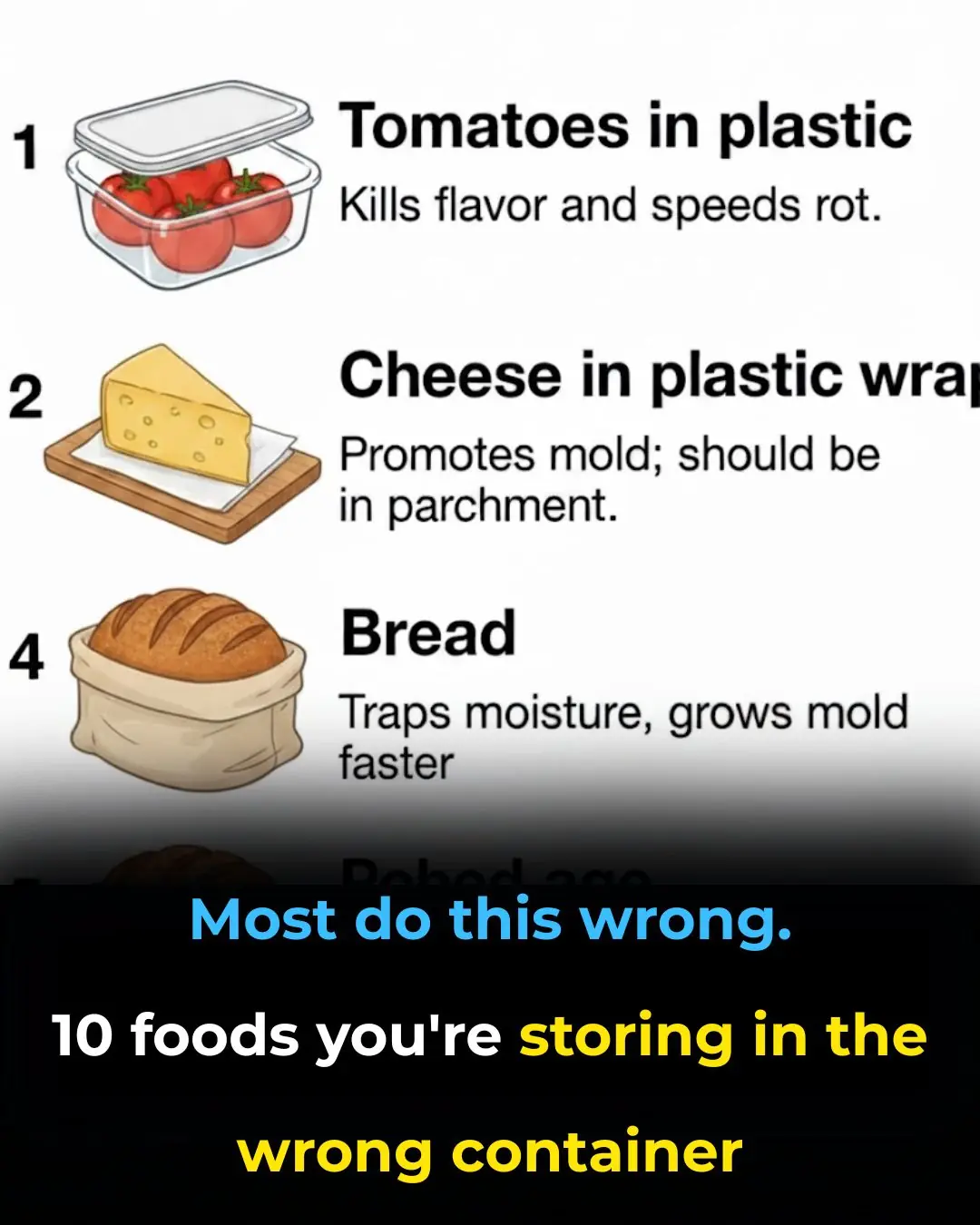
You are doing it all wrong. Here's the right way to store produce
When it comes to storing produce, most of us are guilty of simply tossing everything into the refrigerator without much thought. While this may seem convenient, it can actually shorten the lifespan of your fruits and vegetables—and even dull their flavor and reduce their nutritional value.
To get the most out of your fresh produce, it’s essential to understand that not all fruits and vegetables are created equal. Each type has its own storage requirements that help preserve freshness, taste, and texture. By learning a few simple techniques, you can reduce waste, save money, and enjoy produce that tastes as good as the day you bought it.
In this guide, we’ll walk through the best storage methods for common produce items—from tomatoes and leafy greens to herbs and citrus fruits—so you can keep your kitchen stocked with fresh, delicious ingredients for as long as possible.
1. The Best Way to Store Tomatoes: Keep Them on the Counter, Not in the Fridge
Tomatoes are one of the most misunderstood produce items when it comes to storage. Many people assume refrigeration will help them last longer, but cold temperatures actually alter their texture and flavor. Chilling tomatoes makes them mealy and dull-tasting.
Instead, store your tomatoes at room temperature on the countertop. Arrange them in a single layer to prevent bruising, and avoid stacking. If your tomatoes are still firm and not fully ripe, place them stem-side down—this reduces moisture loss and helps them ripen evenly.
Once they’ve reached the perfect ripeness, enjoy them within a few days. If you must refrigerate them, let the tomatoes come back to room temperature before eating to help restore some of their natural flavor.
2. Potatoes Done Right: Paper Bags Over Plastic
Potatoes thrive in cool, dark, and well-ventilated environments. Light exposure causes them to turn green and develop solanine—a bitter compound that can be toxic in large amounts. Plastic bags are a poor choice because they trap moisture and speed up spoilage.
Instead, store your potatoes in paper bags or a cardboard box, ideally in a pantry, cupboard, or cellar. The optimal storage temperature is around 45–50°F (7–10°C)—slightly warmer than your fridge but cooler than most rooms.
Check them regularly and remove any that are soft, sprouting, or discolored. Doing so prevents one bad potato from spoiling the whole batch.
3. Keep Onions and Potatoes Separate: A Must for Freshness
Onions and potatoes may be kitchen staples, but they’re not good neighbors. When stored together, onions release gases and moisture that cause potatoes to sprout and spoil faster.
To keep both fresh, store them apart in separate baskets or mesh bags to ensure good air circulation. Onions prefer a cool, dry, and ventilated area—just not next to potatoes.
This simple separation can easily double the shelf life of both vegetables and preserve their natural flavors.
4. Apples Belong in the Crisper Drawer, Not on the Counter
Apples are one of the few fruits that truly benefit from refrigeration. The crisper drawer maintains ideal humidity levels, keeping apples crisp and juicy for weeks. Before storing, inspect them and remove any with bruises or blemishes—one bad apple really can spoil the bunch.
At room temperature, apples last about a week before becoming soft. In the fridge, they can stay fresh for up to four to six weeks, depending on the variety. To prevent other fruits from ripening too quickly, store apples separately—since they emit ethylene gas, which speeds ripening in other produce.
5. Leafy Greens: Keep Them Crisp and Vibrant
Leafy greens like lettuce, spinach, and kale can wilt quickly if stored improperly. To keep them fresh, start by washing and thoroughly drying the leaves using a salad spinner or paper towels. Excess moisture leads to sliminess and decay.
Next, wrap the greens in a dry paper towel and store them in a breathable container or perforated plastic bag in your fridge’s crisper drawer. The paper towel absorbs extra moisture and helps the greens stay crisp for up to a week.
If your greens start to wilt, revive them by soaking in ice water for a few minutes before serving—they’ll perk right back up.
6. Storing Berries the Right Way: Handle With Care
Berries are among the most delicate fruits. Before storing, remove any that are moldy or bruised, as one spoiled berry can ruin the rest. Avoid washing them until right before you eat them—moisture encourages mold growth.
Line a shallow container or tray with a paper towel, spread the berries in a single layer, and cover loosely. This setup allows air circulation and absorbs excess moisture. You can place another paper towel on top for added protection.
For even longer storage, consider rinsing the berries in a vinegar-water solution (1 part vinegar to 3 parts water), then drying them thoroughly. This kills mold spores and can extend their freshness by several days.
7. Citrus Fruits: Room Temperature or Fridge?
Citrus fruits like oranges, lemons, and limes can happily sit on the counter for up to a week. If you plan to keep them longer, refrigeration is the better option. The crisper drawer maintains humidity and helps prevent the skins from drying out.
For best results, store citrus fruits loose or in a mesh bag to allow airflow. If their peels begin to harden, place them in a sealed plastic bag to retain moisture. Properly stored, citrus can last several weeks while retaining juiciness and aroma.
8. Bananas: Ripen First, Then Refrigerate
Bananas are climacteric fruits, meaning they continue to ripen after being picked. Keep them at room temperature, away from direct sunlight. Hanging them on a banana hook prevents bruising and promotes even ripening.
Once the bananas reach your preferred ripeness, transfer them to the fridge. The skins will darken, but the fruit inside stays fresh and sweet. Overripe bananas can be peeled and frozen for smoothies, banana bread, or desserts—reducing waste while adding convenience.
9. Avocados: From Firm to Perfectly Creamy
Firm avocados need time at room temperature to ripen. To speed up the process, place them in a paper bag with an apple or banana—both release ethylene gas, which encourages ripening.
Once ripe, refrigerate the avocados to slow further softening. If you have a leftover half, brush the cut surface with lemon or lime juice, then cover tightly with plastic wrap or place in an airtight container. This prevents browning and keeps it fresh for up to two more days.
10. Root Vegetables: Long-Term Storage Success
Carrots, beets, and parsnips are hardy root vegetables that prefer cool and slightly humid conditions. Cut off any leafy tops, as they draw moisture from the roots. Store them in a perforated plastic bag or covered container in your refrigerator’s crisper drawer.
For long-term storage, place them in a cool, dark cellar or basement inside a box filled with slightly damp sand or sawdust. This traditional method helps retain moisture and prevents sprouting for months.
11. Fresh Herbs: Preserve Their Aroma and Flavor
Fresh herbs lose their vitality quickly if not handled properly. For most herbs—like parsley, cilantro, and mint—trim the ends and place them in a glass of water. Loosely cover the leaves with a plastic bag and store in the fridge. Change the water every few days.
However, herbs such as basil are sensitive to cold and should be stored at room temperature using the same method. Keep them away from direct sunlight, and remove any wilted leaves to keep the bunch fresh longer.
For even longer preservation, you can freeze chopped herbs in olive oil using an ice cube tray—perfect for adding flavor to soups and sauces anytime.
Final Thoughts
Learning how to store produce properly is one of the simplest ways to cut down on food waste, save money, and make your meals taste better. By giving your fruits and vegetables the right environment—whether that’s the countertop, pantry, or refrigerator—you’ll be rewarded with fresher flavors and less spoilage.
Taking a few minutes to store your groceries thoughtfully can make a big difference, helping you enjoy nature’s bounty at its very best.
News in the same category


Most people will never know
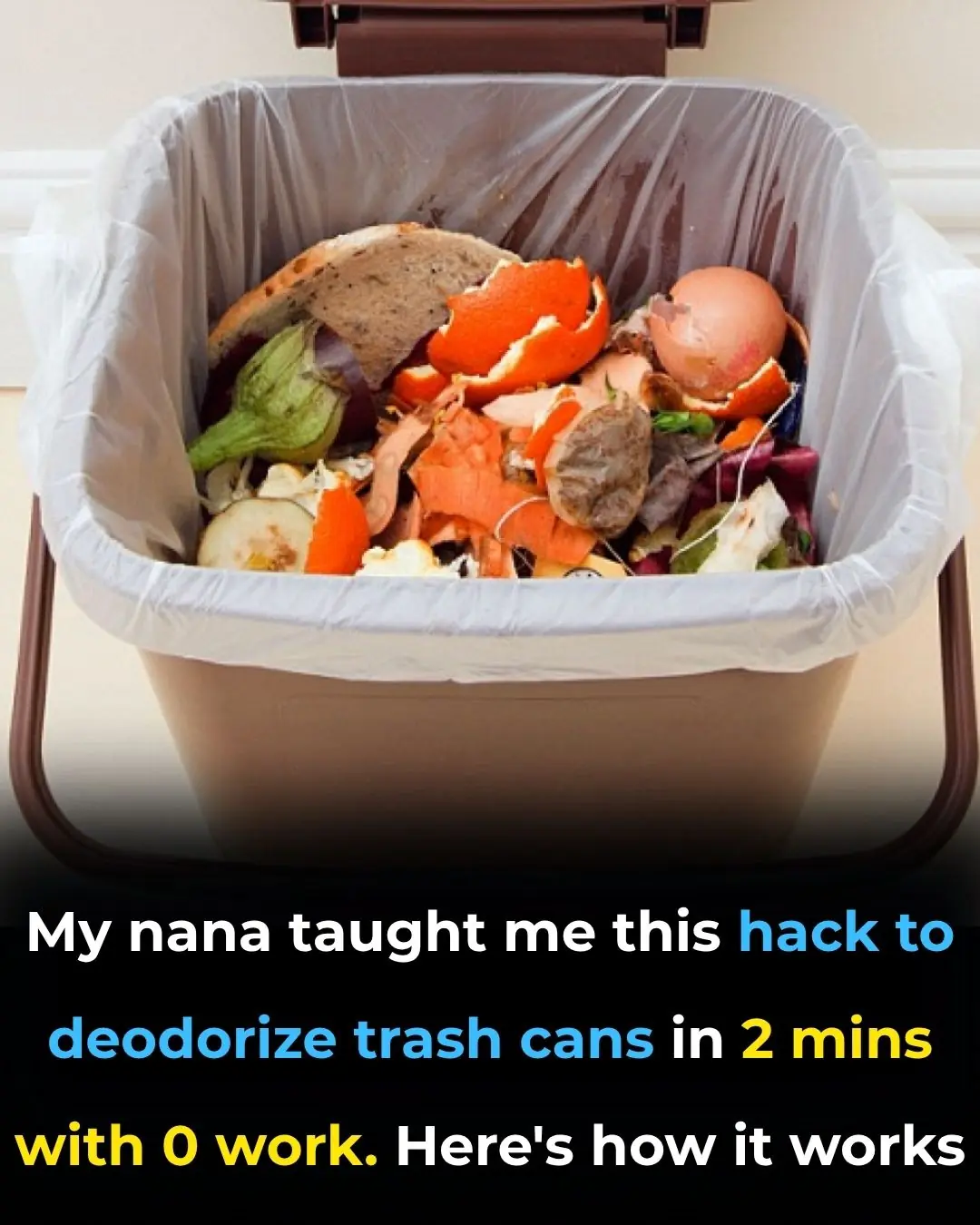
My nana taught me this hack to deodorize trash cans in 2 mins with 0 work. Here’s how it works

Why You Should Sprinkle Salt on Your Gas Stove — The Surprisingly Powerful Cleaning Trick Everyone’s Talking About

Why You Shouldn’t Pour Hot Water into the Kitchen Sink

Moldy and Damp Walls? Try These Simple, Budget-Friendly Tricks — Clean and Fresh in Just Minutes
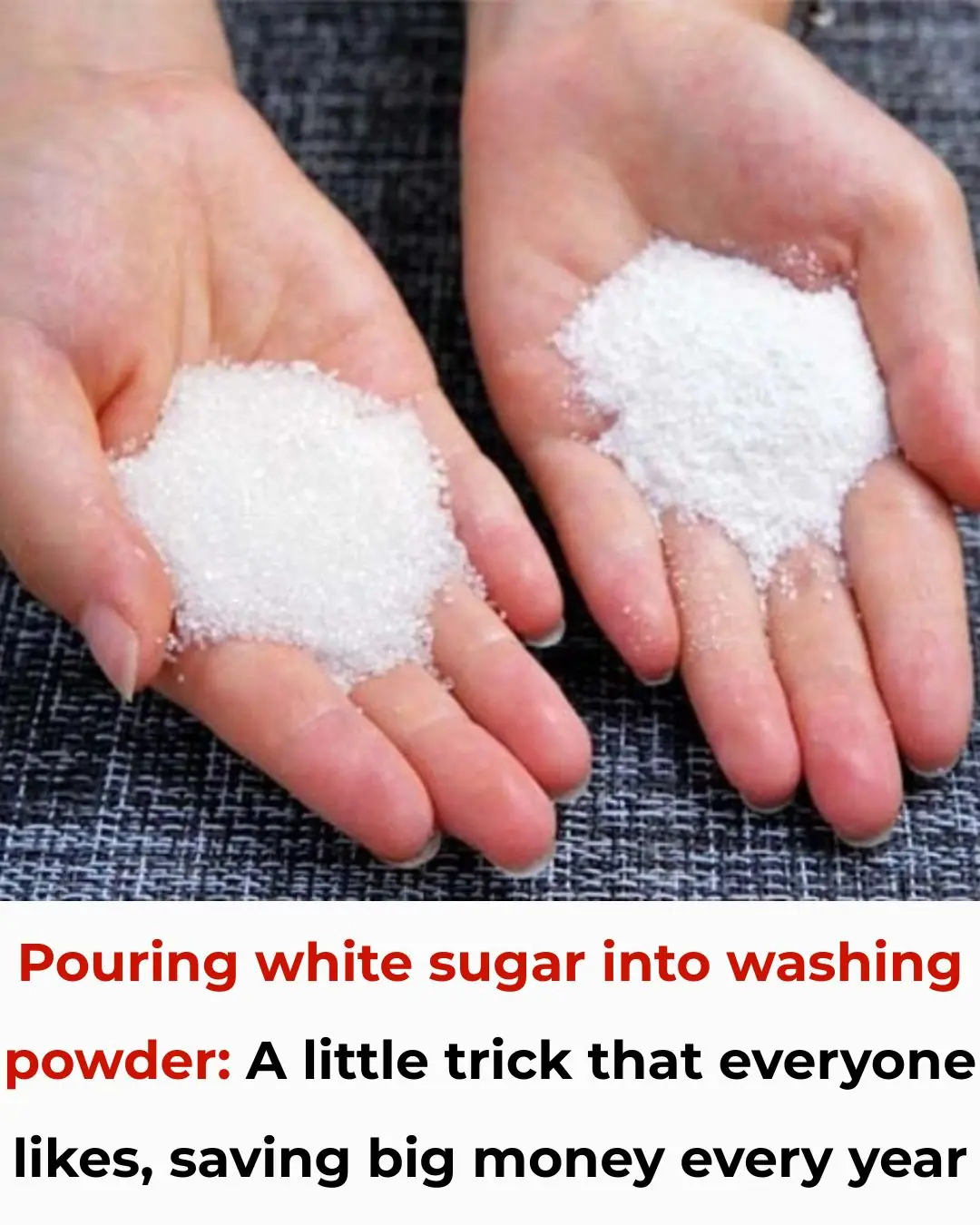
Pour White Sugar into Laundry Detergent: A Simple Household Trick That Saves You Money Every Year

I was totally in the dark on this!

You are doing it all wrong. Here's the right way to clean your oven

My nana taught me this hack to make cloudy glasses sparkle in 2 mins with 0 work. Here’s how it works

7 Ways to Repurpose Eggshells for a Greener Home and Garden
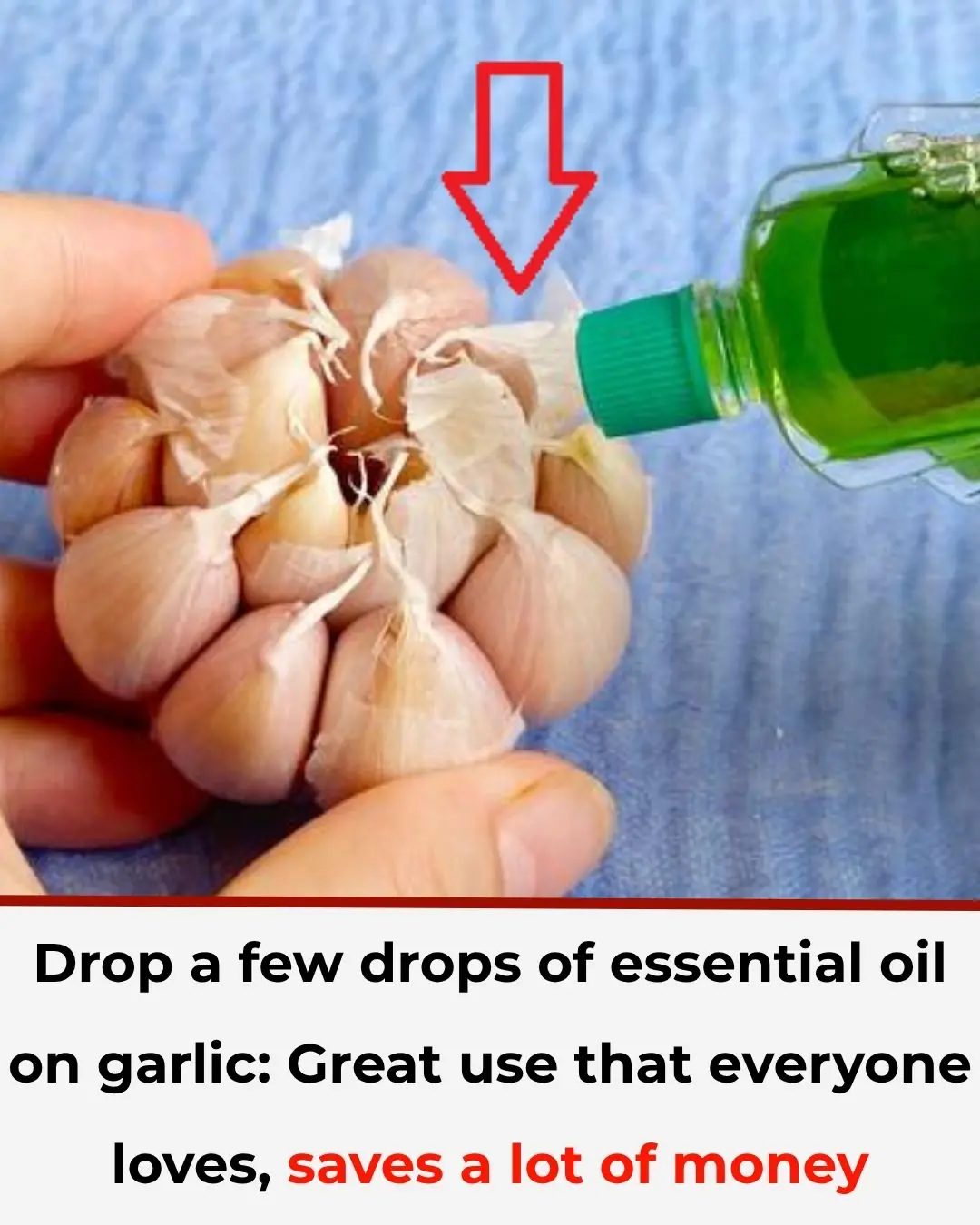
🌿 Add a Few Drops of Medicated Oil to Garlic — The Brilliant Household Trick Everyone Loves!

Did You Know That If These Arrive At Your House It Is a SIGN

Put a cotton ball with VapoRub in your ear & get this remarkable effect

7 foods to prevent premature gray hair, supplement every day to quickly grow long, black and shiny hair

Why do smart people never keep hot and cold water dispensers in the house? The reason is very reasonable
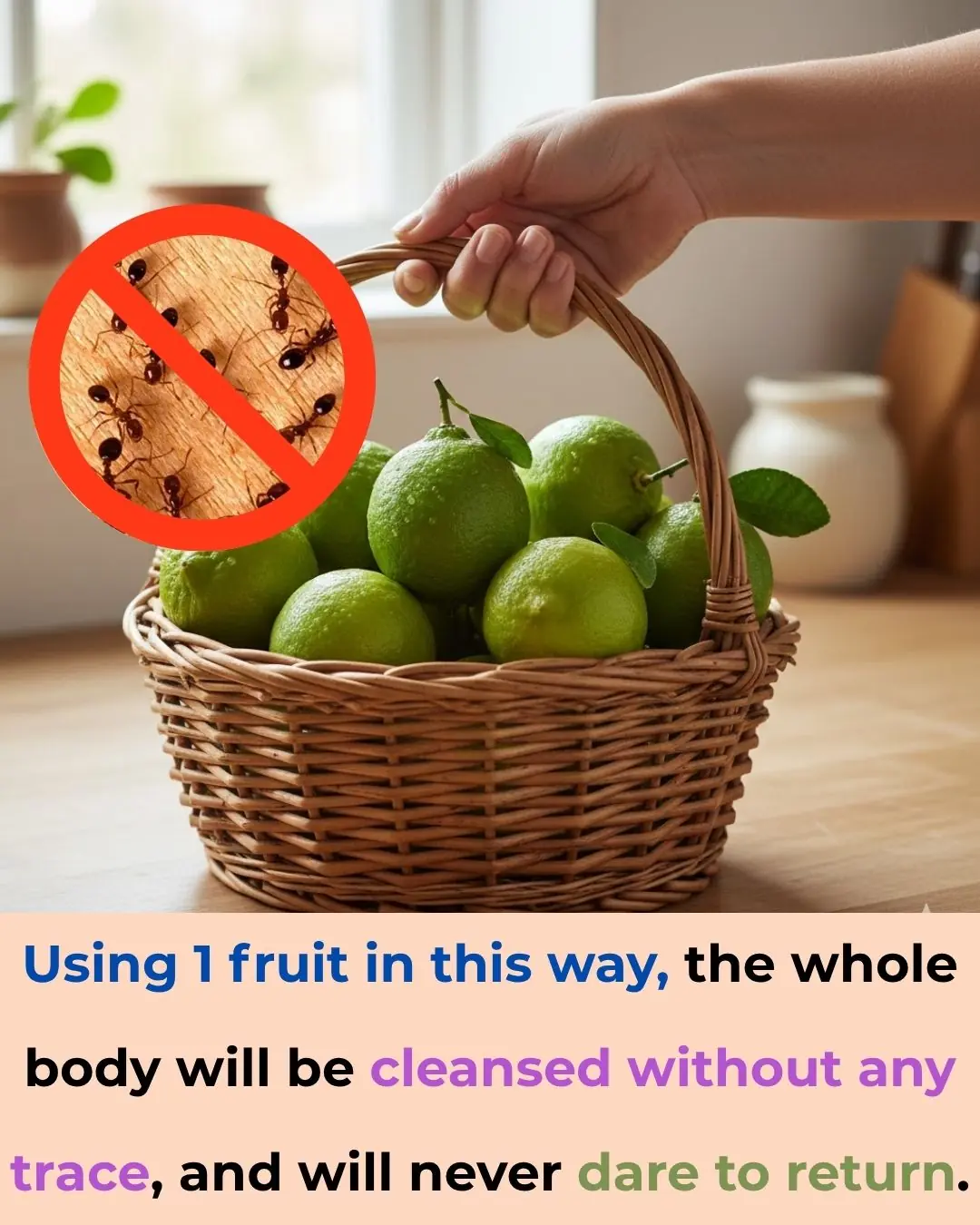
Using 1 fruit in this way, the whole body will be cleansed without any trace, and will never dare to return

The Tiny Hole on a Safety Pin Has a Genius Hidden Purpose
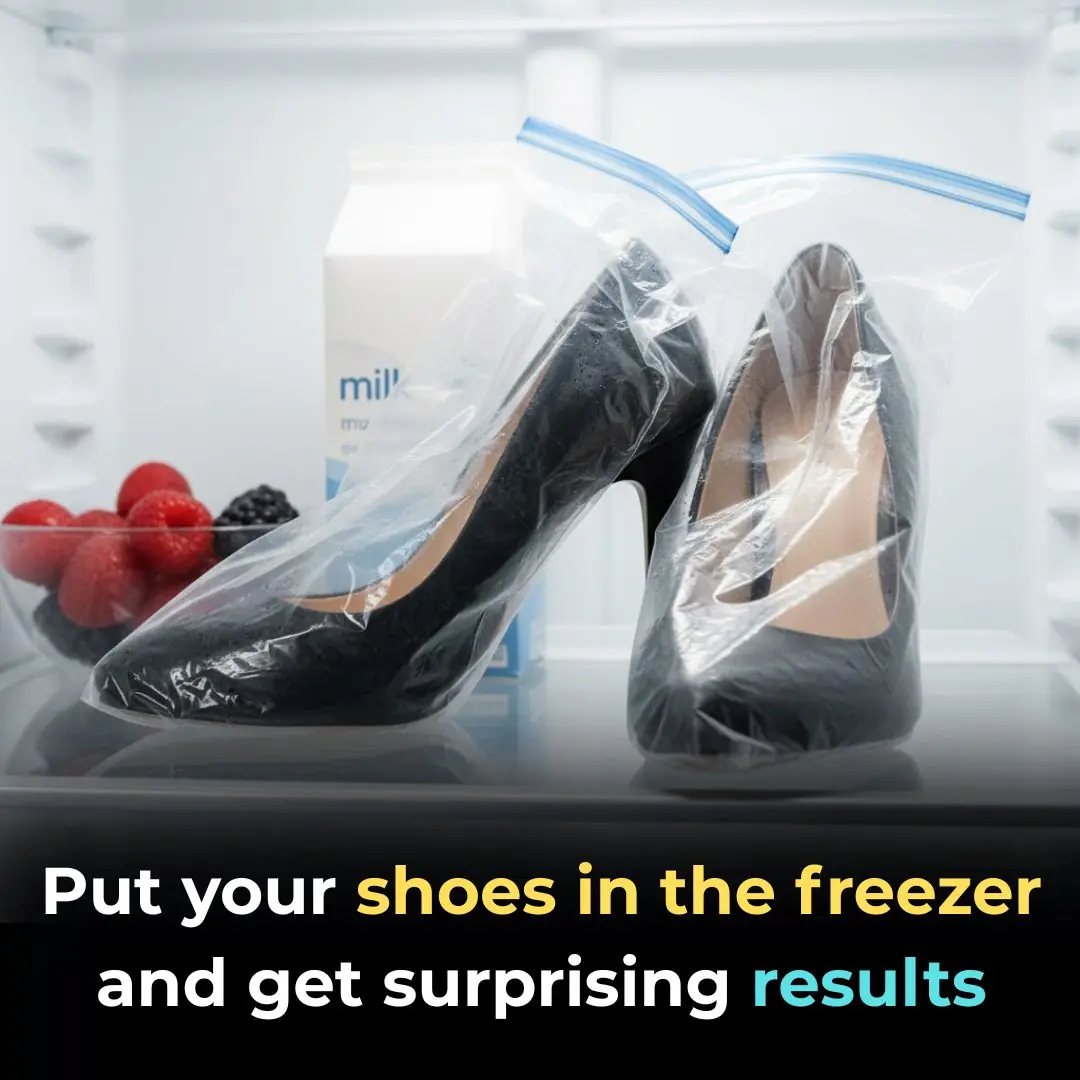
Put Your Shoes in the Freezer — and Discover a Surprisingly Effective Trick
News Post

Most do this wrong. 10 foods you’re storing in the wrong container

Most people will never know

My nana taught me this hack to deodorize trash cans in 2 mins with 0 work. Here’s how it works

Why You Should Sprinkle Salt on Your Gas Stove — The Surprisingly Powerful Cleaning Trick Everyone’s Talking About

Taylor Swift reportedly beefs up security by $2M as she steers clear of spotlight at Travis Kelce’s games

Why You Shouldn’t Pour Hot Water into the Kitchen Sink

Moldy and Damp Walls? Try These Simple, Budget-Friendly Tricks — Clean and Fresh in Just Minutes

Pour White Sugar into Laundry Detergent: A Simple Household Trick That Saves You Money Every Year

How Zohran Mamdani’s aloof wife, Rama Duwaji, quietly steered his campaign from behind the scenes

Emmerdale fans spark 'recast' concern as Archie Breckle returns to the village

EastEnders' Jessie Wallace shares rare snap of lookalike daughter on milestone birthday
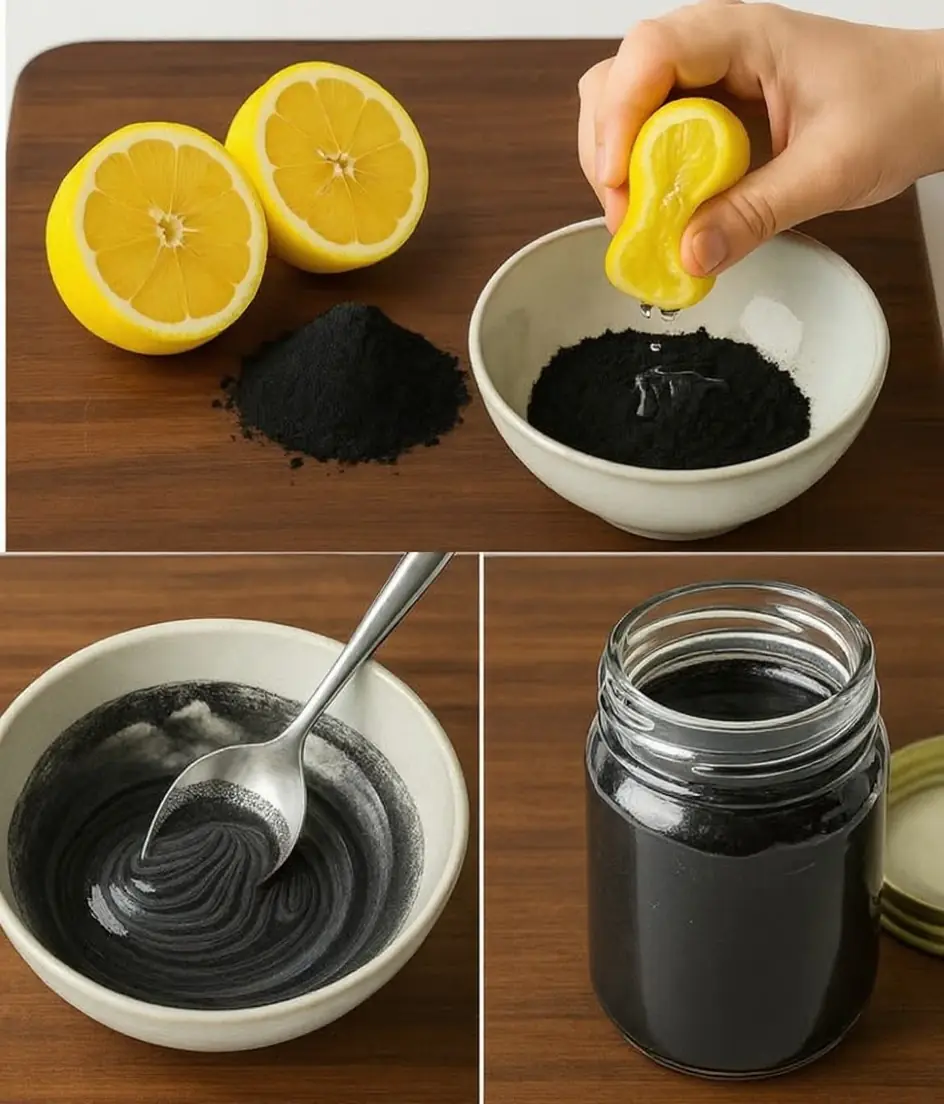
Mix Lemon with Activated Charcoal and Stop Wasting Money at the Store

I was totally in the dark on this!

Cancer HATES These 6 Seeds – Seniors, Eat Them Daily (FIGHT Cancer Naturally)

You are doing it all wrong. Here's the right way to clean your oven

My nana taught me this hack to make cloudy glasses sparkle in 2 mins with 0 work. Here’s how it works

Never Ignore These 8 Early Signs of a Fatty Liver

5 Dangerous Ingredients Hiding in Your Skin Care Products—Are You At Risk?
